Data Centers: Pressured for Power
Where will developers find the energy to feed the boom?
In commercial real estate, the downside of a boom is usually the bust that comes later. In the data center sector, there is no hint that a bust will come anytime soon. Instead, the potential downside is baked within the boom: the need for power.
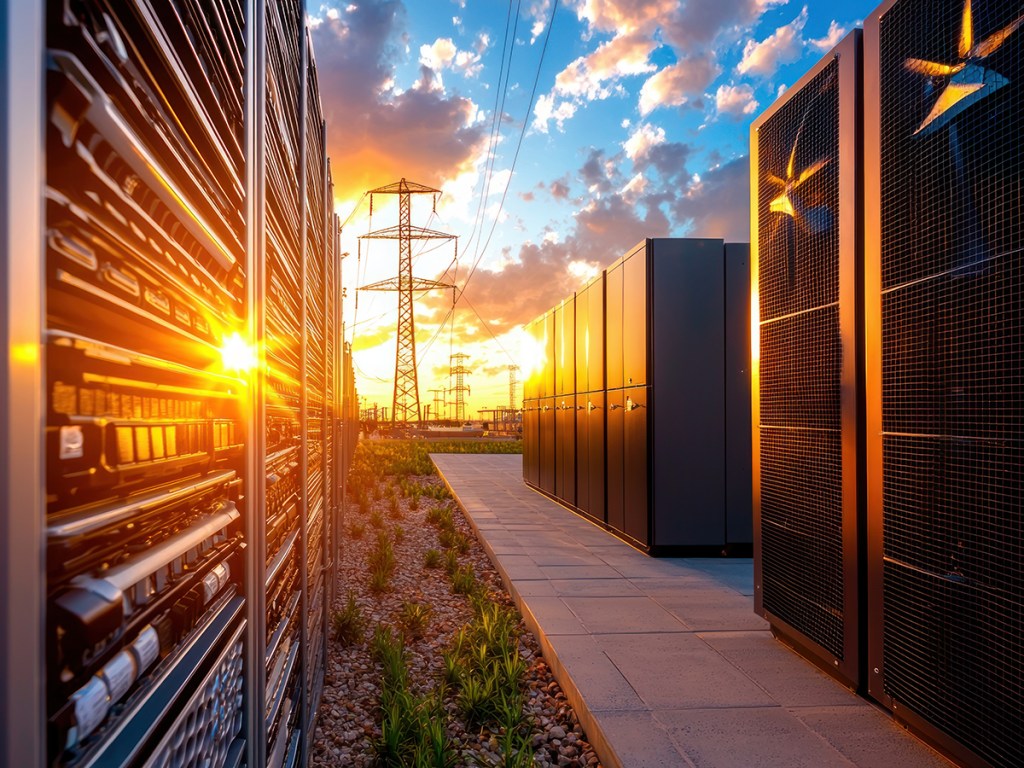
The rest of the decade will be a scramble for power to keep data centers growing, especially for the wave of new assets that will come online. “There’s a mismatch between how fast we want to build data centers—how fast we need to build data centers—and how fast utilities can upgrade their transmission networks,” said John McWilliams, head of data center insights at Cushman & Wakefield.
By the end of 2024, primary U.S. data center markets had a record 6,350 MW under construction, more than double the previous year’s pipeline, according to CBRE data. Demand drove the surge, but so did projects delayed by power and supply chain constraints.
Even so, developers are plowing ahead. Recently Equinix formed a $15 billion joint venture with GIC and Canada Pension Plan Investment Board for hyperscale development.

“In Q4 [2024], more than half of the volume of our top 25 deals was related to high-performance compute and AI workloads,” said Equinix CEO Adaire Fox Martin. “We are increasingly seeing a diversification of AI and machine learning use cases across healthcare, finance, transportation, and gaming.” Demand is so brisk that the nationwide vacancy rate for data centers is a minuscule 1.2 percent, down from 10 percent as recently as 2020, Avison Young reports.
Investment activity in the sector also grew in 2024, including single-asset sales, recapitalizations and build-to-suit joint ventures, CBRE notes. Sales volume exceeded $6.5 billion last year, with such major deals as the $1.2 billion joint venture between Wren House, BlackRock and QTS to acquire assets in Virginia; HMC Capital’s deal to buy a 32 MW Chicago data center from Prologis; and CyrusOne’s $154 million acquisition of a Virginia facility from PowerHouse Data Centers.

Growing appetite for power
With the boom, data centers’ appetite for power is growing fast, and AI is a critical factor. As recently as the mid-2010s, U.S. data center annual energy use remained stable at about 60 terawatt-hours (TWh), or 60 billion kilowatt hours (kWh), according to the 2024 United States Data Center Energy Usage Report, published last December by Lawrence Berkeley National Laboratory. Consumption rose to 76 TWh in 2018, representing 1.9 percent of U.S. electricity demand, and mushroomed to 176 TWh by 2023, or 4.4 percent of consumption.

By 2028, electricity usage by the data centers is projected to reach between 325 and 580 TWh, depending on the sector’s growth trajectory and the introduction of energy-efficient technology at data centers. The at would represent 12 percent of the U.S. 2028 electricity consumption forecast.
Much of the demand is due to AI, but other corners of the economy are contributing. Demand is growing from end users as varied as autonomous vehicles, streaming services and chip fabrication, notes Howard Berry, principal & director of data center solutions at Avison Young.
Meeting the energy needs of data centers will be a tall order in the nation’s current power picture. Between 2022 and late 2024, load-growth forecasts from utilities nationwide jumped almost fivefold to almost 128 GW, according to energy consultancy Grid Strategies. If the revised projections are correct, the U.S. would need to generate and deliver 15.8 percent more electricity by 2029, a growth rate not seen since the country’s widespread adoption of air conditioning 60 years ago.
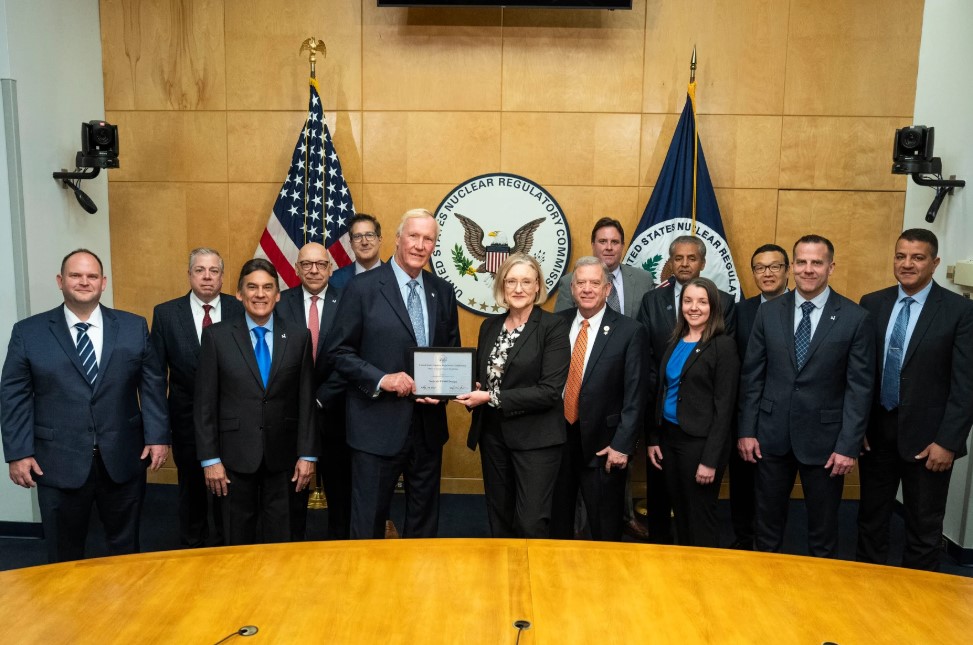
On-site strategies
The boom hasn’t caught the industry by surprise, with data centers employing a number of strategies to secure the power they need, including expanded use of energy-saving technology. The largest users have the muscle to negotiate long-term contracts with utilities. Considering the scale of the current boom, however, that conventional strategy might not be enough.
Another strategy, though admittedly capital-intensive, is locating facilities in places with plentiful reserves of natural gas, such as Texas, Ohio and Pennsylvania, and buying or developing on-site gas-power plants. In January, Blackstone inked a $1 billion deal to acquire a 774 MW facility in Loudoun County, Va., from Ares Management. The asset is near hyperscale campuses operated by Microsoft, Amazon, and Google, as well as other colocation facilities.
States with deregulated energy markets, such as Texas, will have an advantage in data center site selection, according to Howard Huang, a market intelligence analyst for the data centers, life science and office sectors at Avison Young.

Secondary and even tertiary markets will offer attractive alternatives for lower-cost power, including access to renewable sources. “Farmlands that aren’t necessary anymore are being replaced with windmills, solar panels and things of that nature, that are looking to push megawatts to some of these data centers being planned,” observed Daniel Wagnon, principal & managing director at Structure Commercial Real Estate.
Data centers in rural areas might not be as large as those found in large markets (such as Virginia or Chicago), but they still can serve regional or area clients. “We’re not talking million square foot data centers, but data centers that are big enough to connect the dots,” Wagnon adds.
Complicating the drive for power is data centers’ enormous demand for water. That issue presents its own set of contradictions. “A way to combat that issue using other air cooling, though that does use a lot of power,” Huang says. “You either use a lot more water or use a lot more power. The solution is cheaper and green power, and that’s where natural gas and sustainable sources come in.”
On-site sustainable power provides an option, as well. Assessing the gap between the data center’s needs and what the grid can provide can take time, and green energy sources will bridge the gap, McWilliams said: “Once utilities are finally able to bring grid power to a data center, other sources become the backup power.”
In November, Bloom Energy contracted with American Electric Power to supply as much as 1 GW of solid oxide fuel cells. These fuel cells will be used to meet immediate power needs at data centers. “We’re going to see data centers start to be developed that can’t get energy from the grid at all,” Berry predicted. “They’re going to have to self-generate their electricity.”
For that, data centers may eventually turn to a source that isn’t ready for prime time: small modular reactors. The energy-generating principle is the same as that of conventional nuclear reactors, but as the name suggests, these facilities are small enough to serve the needs of individual data centers. (See sidebar, “Power Source of the Future?)
“There’s been a lot of interest and investment in SMRs, and I think we’re going to start seeing them deployed—not immediately, but over time,” McWilliams says. “There’s a need to meet the demand for power, and the industry is going to pull out all the stops to do just that.”
Data Center Power for the Future?
Small modular reactors (SMRs) have their roots in 1950s military applications, such as a reactor made small and light enough to fit in a submarine. More recently, fission technology is starting to catch up with the old dream of a highly reliable nuclear source of power for a specific facility, such as a data center. The first commercially viable SMR was built in the 2000s, and first Nuclear Regulatory Commission approval for a SMR came in 2022.
At the same time, nuclear power has been making a comeback in public opinion. Despite the problem of radioactive waste disposal, the nuclear idea offers the advantage of produces no greenhouse gases. A majority of U.S. adults (56 percent) support expanding domestic nuclear power production, according to a 2024 Pew Research Center survey.
The tech isn’t quite there for large-scale industrial use. But it is coming. NuScale Power Corp., which is the only U.S. SMR technology company with design approval from the NRC, says it is on track for deployment by 2030.
The company’s SMR tech is powered by the NuScale Power Module, a small pressurized water reactor that can each generate 77 MW of electricity or 250 MW thermal. The reactor can be scaled through an array of configurations to produce as much as 924 MW.
Once SMRs are commercially available, they stand to profoundly change data center site selection, predicts John McWilliams, head of data center insights at Cushman & Wakefield.
“Where new technologies are coming on board, like small modular reactors, we’re going to see data centers get developed where we can’t get energy from the grid,” he said. That change will open up new frontiers for data center development, presumably for less expensive locations.


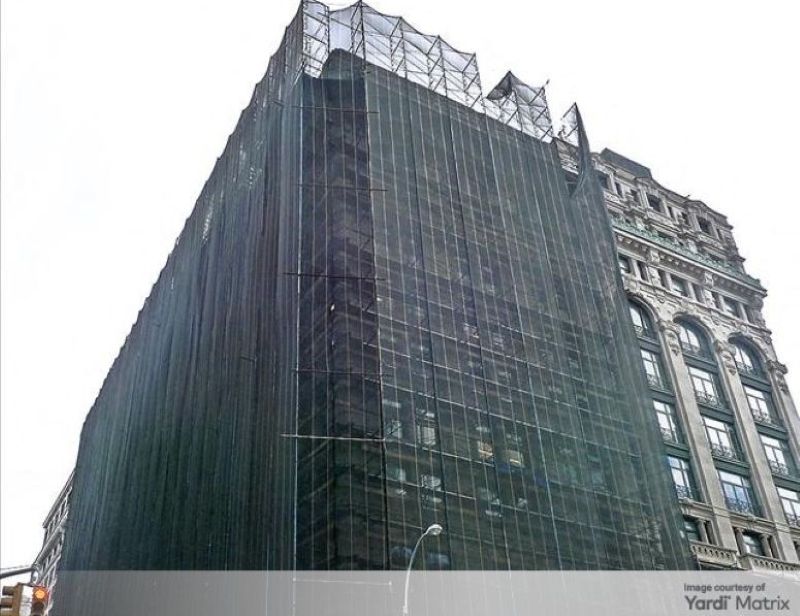
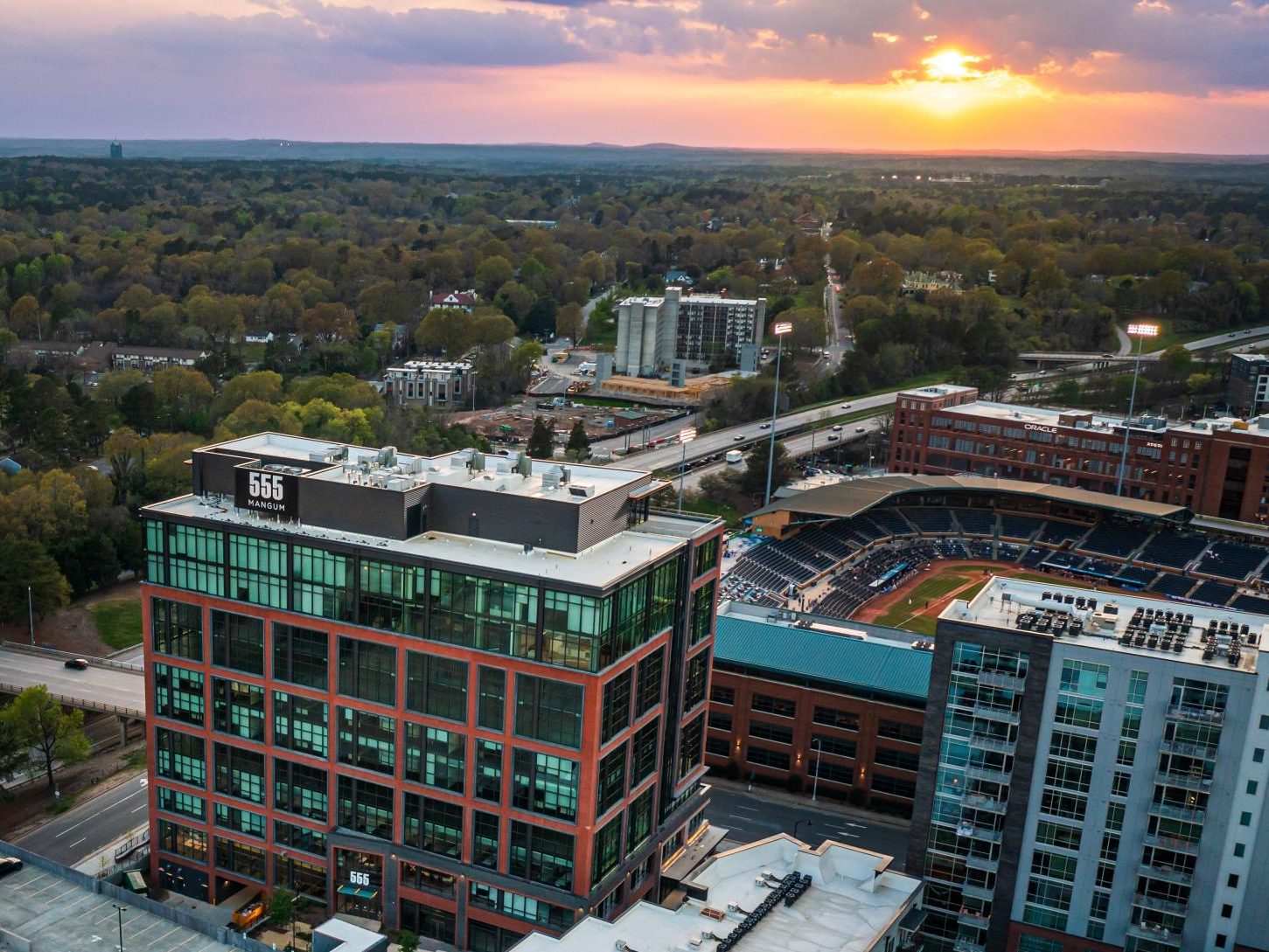
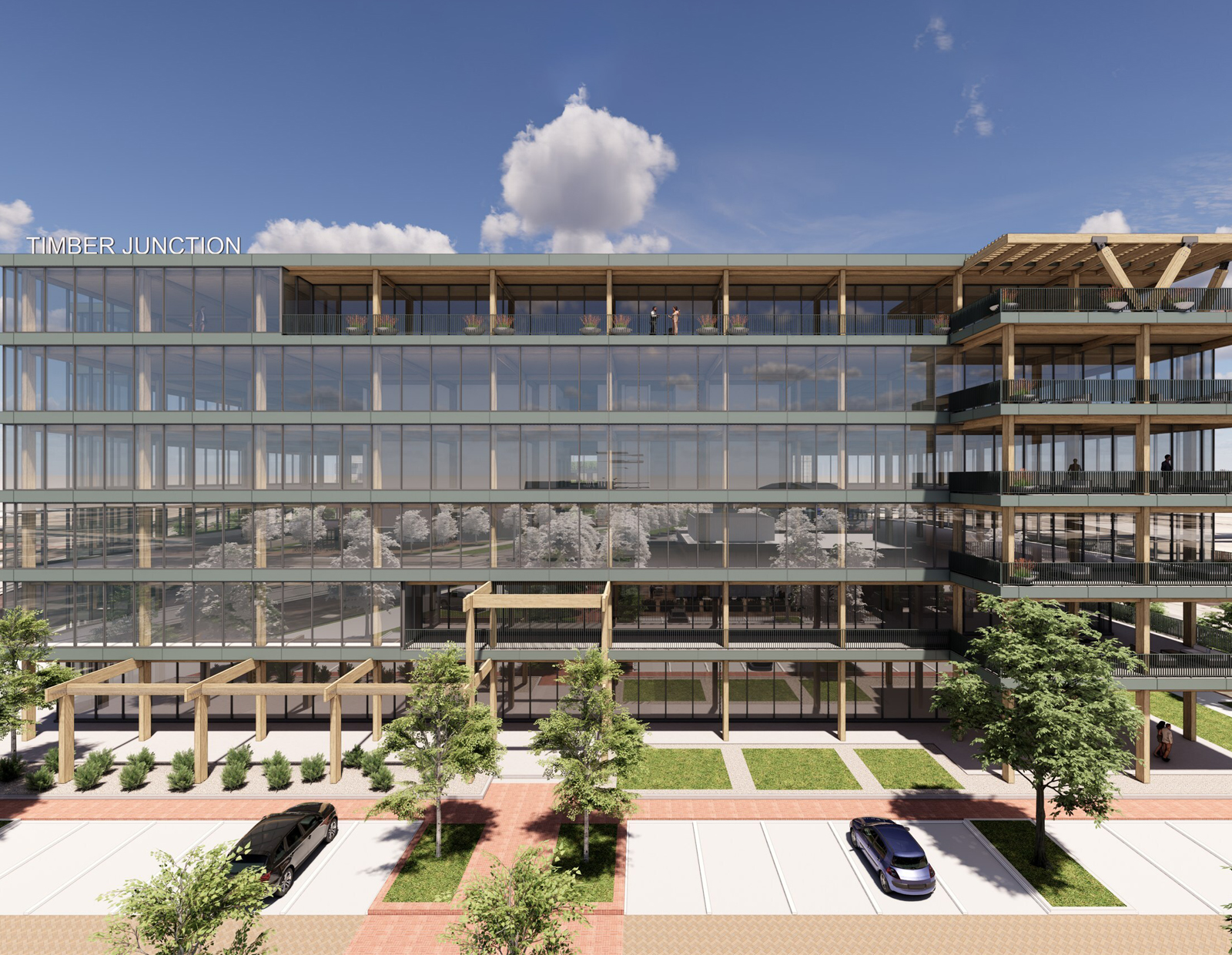
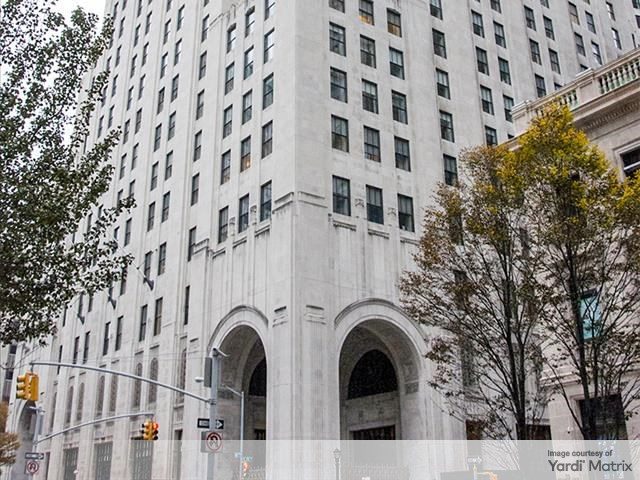
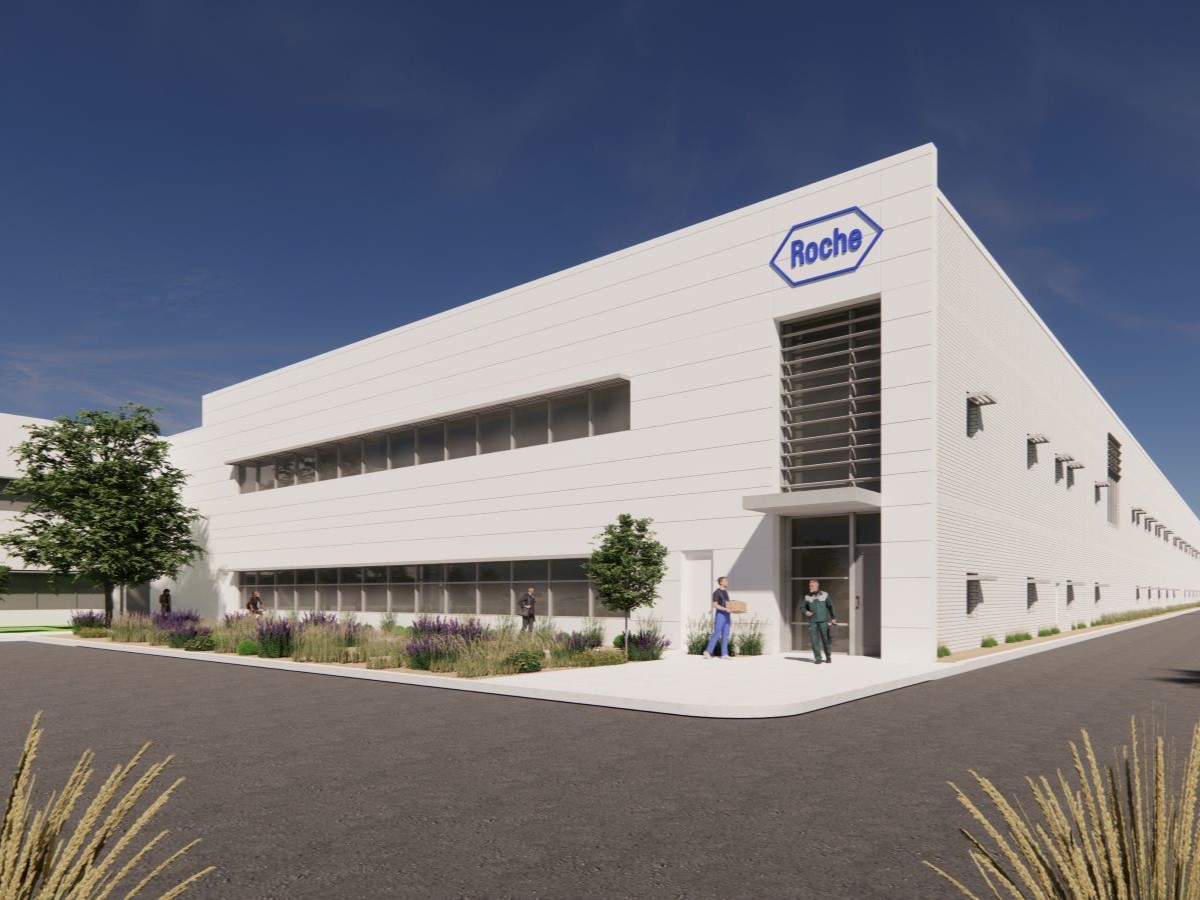
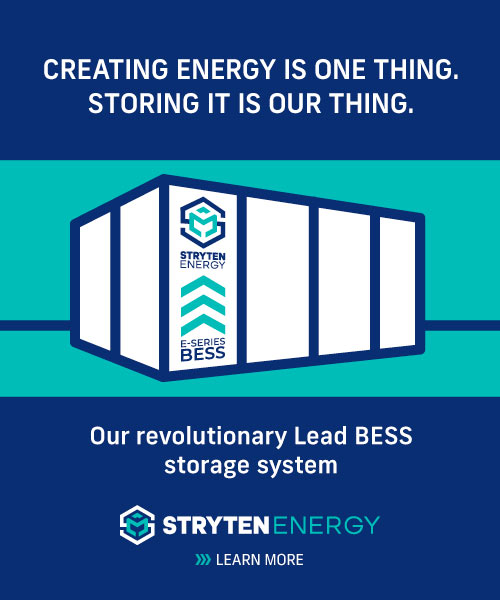
You must be logged in to post a comment.